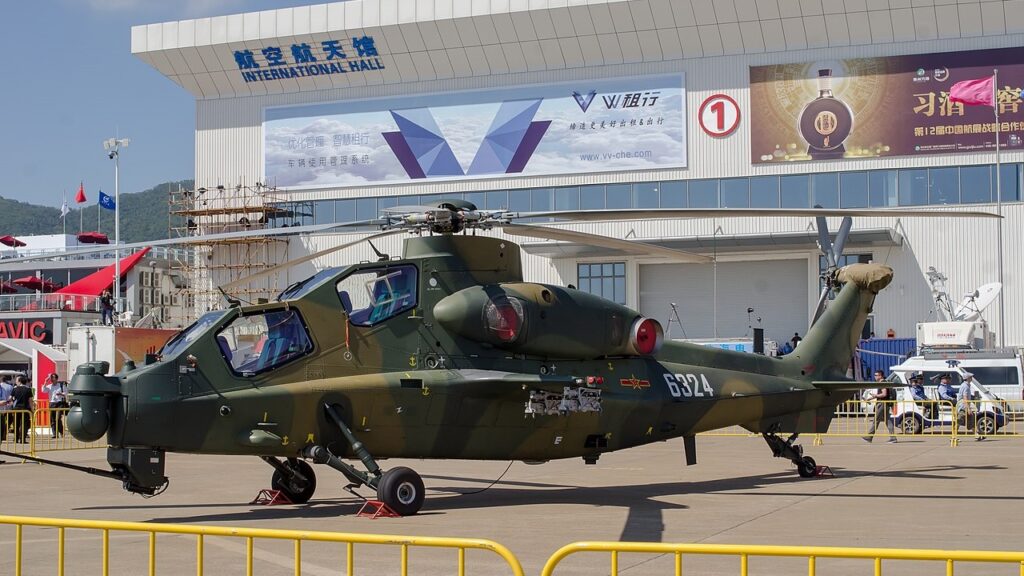
Pakistan has reinforced its military capabilities by deploying approximately 40 Chinese-made Z-10ME attack helicopters, a strategic response to India’s recent acquisition of six AH-64 Apache helicopters from the United States. This move comes amidst heightened tensions following a brief conflict between the two nations earlier in May 2025, which ended in a ceasefire yet left underlying disputes unresolved.
The ongoing friction between India and Pakistan has prompted both countries to bolster their military arsenals. Since the ceasefire, the Indian and Pakistani forces have engaged in a series of exchanges regarding alleged infractions, raising concerns about potential future hostilities. Islamabad’s decision to integrate the Z-10ME helicopters into its arsenal reflects a growing reliance on Chinese military technology, contrasting with India’s pursuit of Western defense systems.
Capabilities of the Z-10ME Helicopter
The Z-10ME, an upgraded variant of China’s Z-10 helicopter, is designed specifically for export and aims to compete with the American Apache and the Russian Mi-28 “Havoc.” Featuring a powerful WZ-9G turboshaft engine that delivers around 1,600 horsepower, this helicopter boasts significant advancements over earlier models.
Upgrades include enhanced avionics, a helmet-mounted sight, laser rangefinder, and thermal imaging sensors suitable for night operations. While speculation has circulated about the potential inclusion of directed-energy weapons, no confirmed reports substantiate these claims. The helicopter is equipped with laser-guided munitions, such as the CM-502KG air-to-ground missile, facilitating precision targeting.
The Z-10ME’s armament capabilities are impressive, featuring a 23mm chin-mounted cannon for close-air support alongside four external hardpoints capable of carrying up to 16 anti-tank guided missiles, air-to-air missiles like the TY-90, or rocket pods. This versatility allows the helicopter to transport a total payload of approximately 3,307 pounds.
Moreover, the Z-10ME is fortified with advanced defensive systems, including a missile approach warning system and directional infrared countermeasures. Its design incorporates graphene-based and ceramic composite armor, enhancing resilience against small-arms fire while minimizing its infrared signature to evade missile lock-ons.
Strategic Implications and Future Considerations
Despite these advancements, the Z-10ME has yet to be tested in combat scenarios, an area where the Apache has established a formidable reputation. The helicopter’s performance in high-altitude conditions, particularly in regions like Kashmir, remains uncertain.
As Pakistan continues to deepen its military ties with China, the deployment of the Z-10ME signals a significant shift in the balance of power on the subcontinent. Observers are keenly watching how the Z-10ME performs in future confrontations, especially when pitted against India’s Western-supplied armaments.
In conclusion, the introduction of the Z-10ME into the Pakistani military framework not only underscores the growing dependence on Chinese military technology but also highlights the escalating arms race between India and Pakistan. The coming months will likely reveal the effectiveness of these new helicopters and their impact on the broader regional security landscape.






